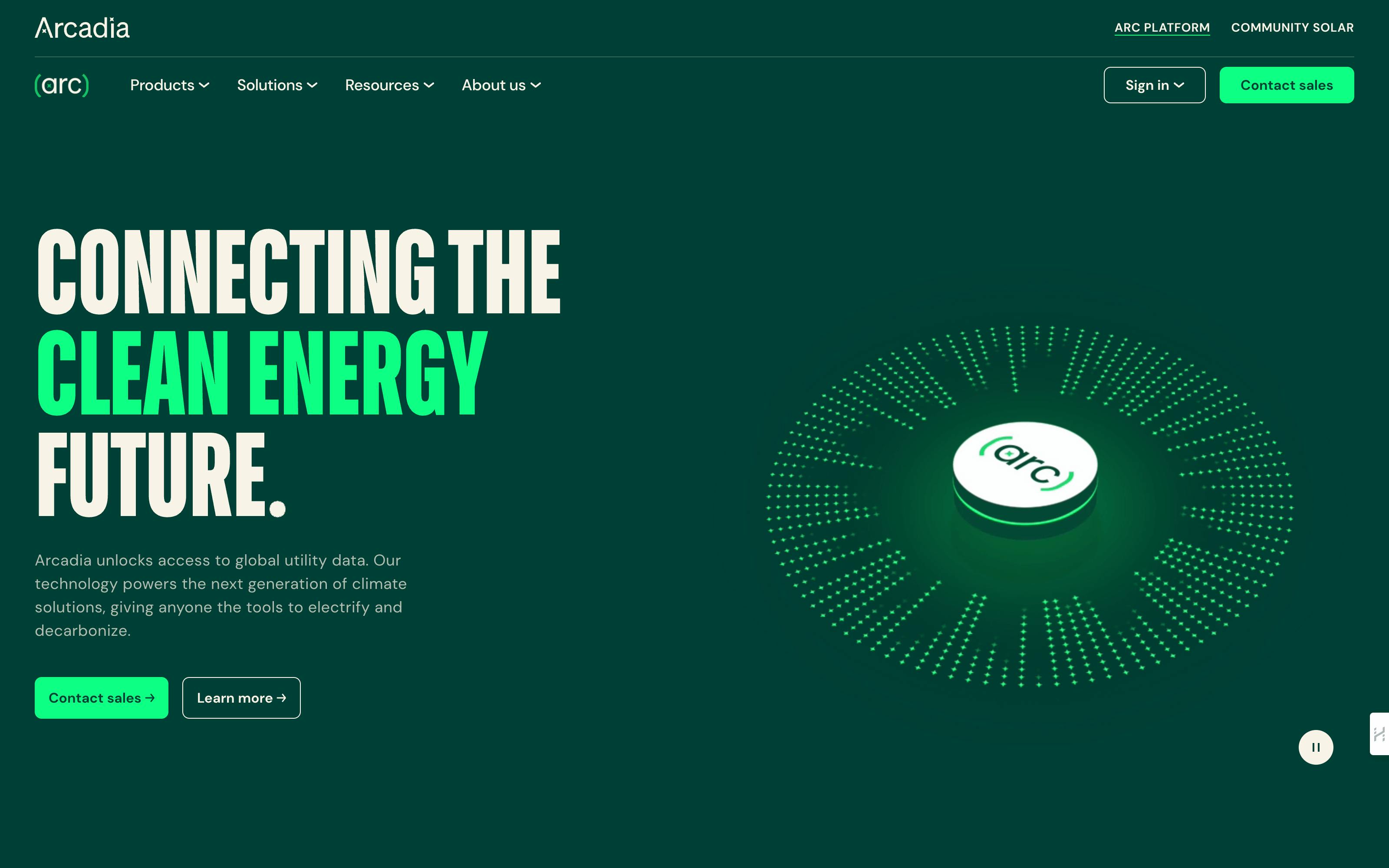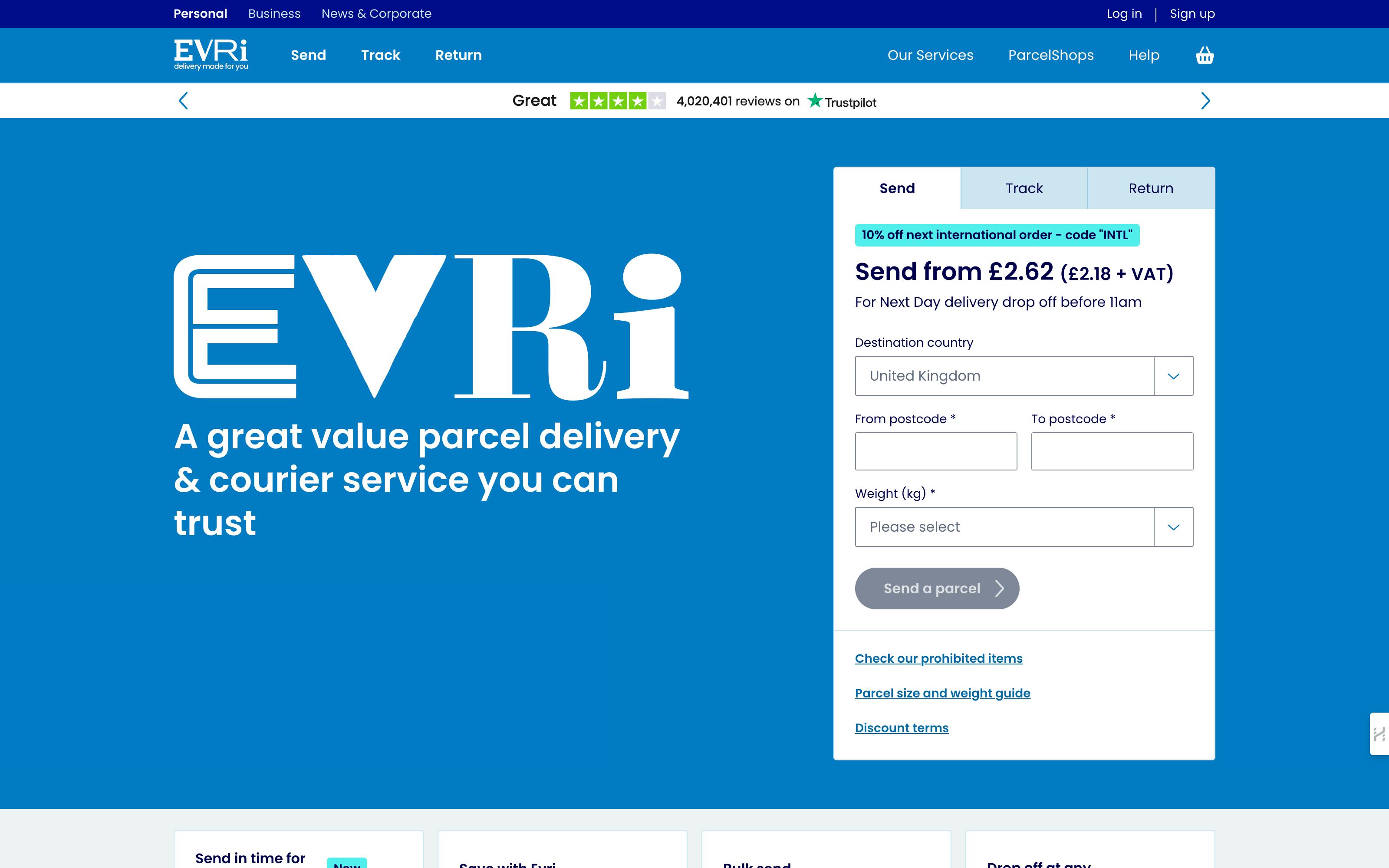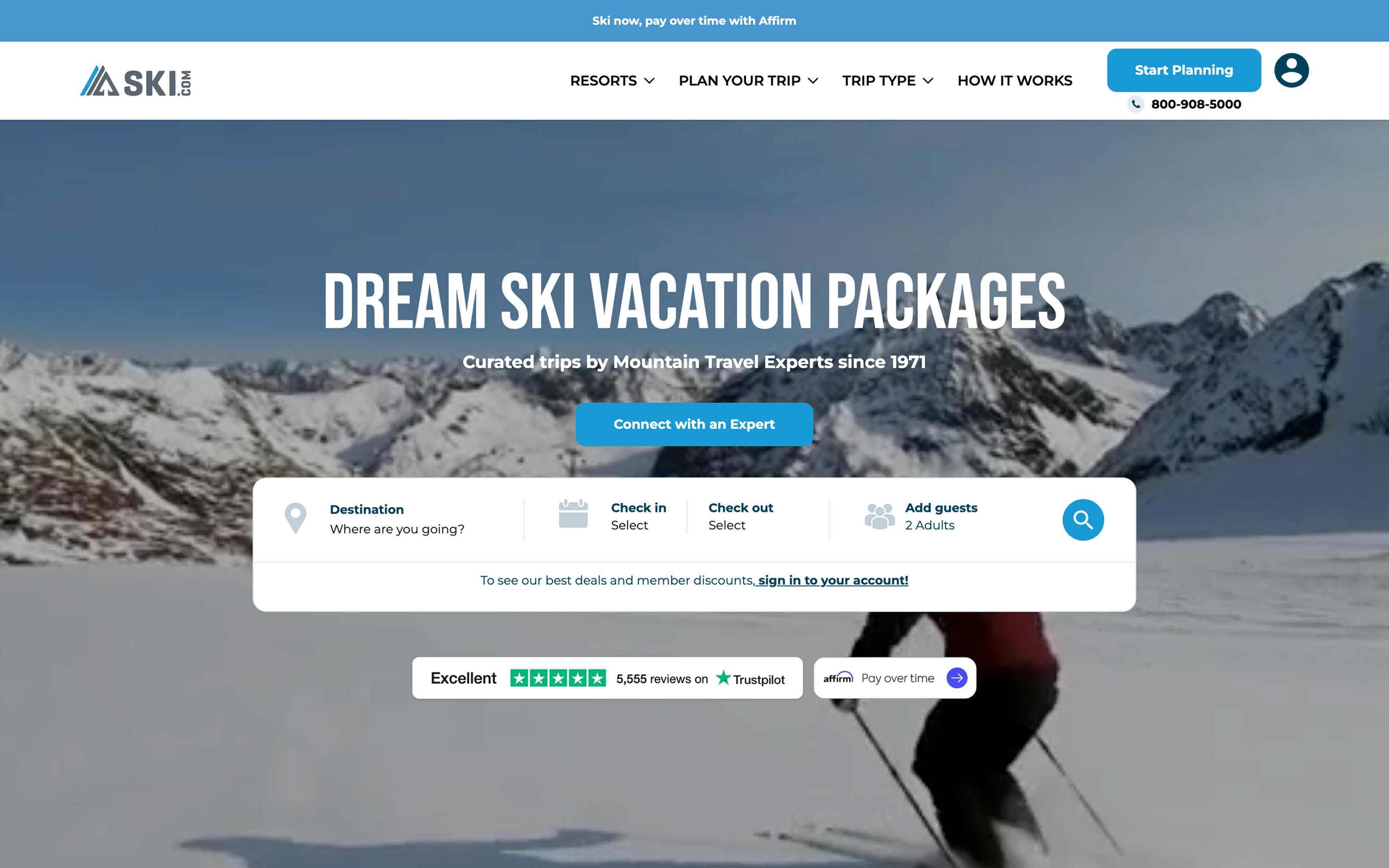What If Websites Could Actually Have a Conversation with Visitors and Adapt in Real-Time?

From Prismic's Website Exploration Lab: We're testing what happens when you ask visitors what they want instead of trying to guess and what it means for the future of autonomous websites.
The expensive guessing game we're all playing
Most website personalization feels like a really expensive guessing game. Tools analyze IP addresses, track browsing behavior, and make assumptions based on demographic data, promising to deliver the perfect content to the right person at the right time.
The promises have worked to create expectation: 71% of consumers now expect personalized experiences. But assumption-based personalization means currently 76% get frustrated when it doesn't deliver.
That gap between expectation and reality got us thinking: what if we tried something different entirely?
Our experimental approach: just ask
In Prismic's Website Exploration Lab, the space where our website team experiments with what our site can become, we tried something different. We simply ask visitors what they’re looking for.
This isn’t about adding another chatbot. Instead, we’re exploring what happens when the website itself becomes conversational where visitors get real control over their experience and the site adapts in real time to what they share.
When someone lands on our experimental page, they’re invited into a short conversation about their role, goals, and current challenges. From there, the site dynamically generates a personalized section that speaks directly to their needs.
Dynamic content that responds
The magic happens through "dynamic slice generation." Instead of pre-built content blocks, our website creates personalized sections in real-time based on user input.
When someone identifies as a marketer struggling with campaign landing pages, the system doesn't show them a generic marketing page. It generates a customized section highlighting specific pages that are relevant for them.
This approach points toward something bigger we're exploring at Prismic: websites that become intelligent partners rather than one-size-fits-all static pages.
Why this matters now
This approach helps close the gap between automation and human agency in digital experiences:
- Preventing negative experiences: By asking visitors directly what they want, we remove the guesswork that often leads to poor personalization.
- Trust through transparency: People value honesty, especially when it comes to data. In our first experiment, we chose not to store any information, though it’s something we may explore in the future. Instead of collecting data quietly, we can be open about what’s saved and give people clear options to update or delete it. This turns data use into a relationship that feels more like a conversation than a transaction.
- Letting people shape their own journey: Instead of feeling manipulated by invisible algorithms, visitors become active participants in creating their own experience.
The bigger picture: autonomous websites with human agency
This experiment is one piece of a larger vision we're pursuing at Prismic. We're building toward autonomous websites, not systems that replace human decision-making, but intelligent tools that help both users and businesses achieve their goals more effectively.
Think campaign landing pages that optimize themselves, homepage sections that adapt in real-time based on who's visiting, or entire website sections managed autonomously by AI agents with human supervision.
Our approach is rooted in "human-in-the-loop" thinking. In our vision, AI agents handle the heavy lifting of content creation and optimization, but humans remain in control of strategy, brand voice, and key decisions. Technology becomes more powerful when guided by real human intent rather than trying to predict it.
This could enable marketing professionals who partner with AI to transcend traditional constraints, speeding up results through hybrid teams where technology handles execution while humans focus on strategy and creativity.
Starting your own experiments
If you want to try making your website conversational:
- Begin with one question: Ask visitors one simple thing about their role or goal, then adapt a single content section accordingly.
- Make the value exchange clear: Help users understand why you're asking and what they'll get in return.
- Design for conversation: Create interfaces that feel natural, not like forms or surveys.
- Iterate based on learning: Test different approaches and refine based on feedback.
- Measure what matters: Track engagement, relevance, and satisfaction, not just conversion rates.
What's next
The hypothesis is simple: when people can direct their own journey, you eliminate the risk of negative personalization experiences that drive customers away. It's the difference between guessing what someone wants (and often getting it wrong) and simply asking them directly.
As AI and conversational interfaces become more sophisticated, the opportunity for truly autonomous, user-controlled experiences will only grow. In our lab, we're continuing to refine this approach while exploring other pieces of the autonomous website puzzle: dynamic content generation, AI-assisted creation, and new ways to make websites feel alive and responsive.
Think of our Website Exploration Lab as our space for "what if" thinking about autonomous experiences. We're figuring out how websites can become intelligent partners that help businesses achieve goals more effectively while remaining genuinely useful for visitors.





